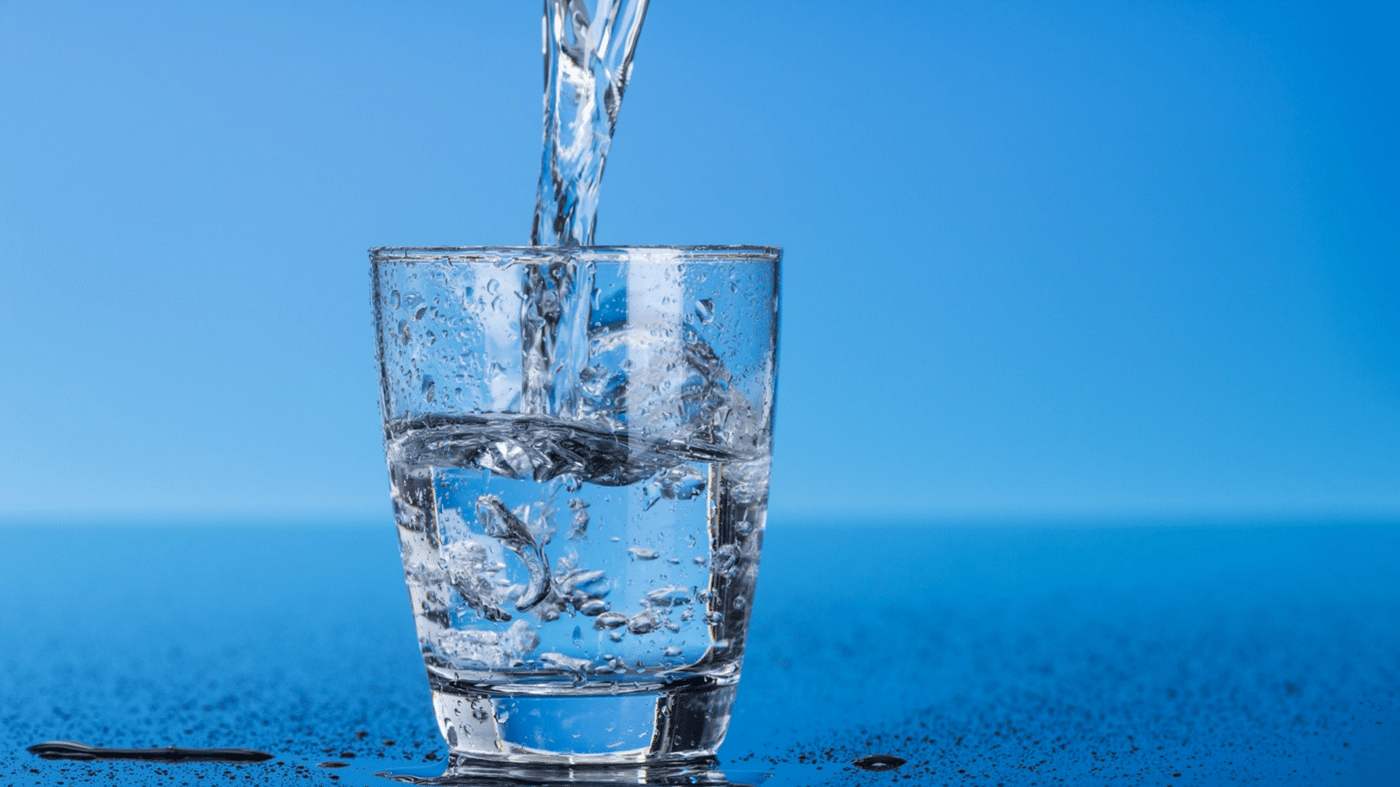March 4, 2012
The following is adapted from my book “Top 20 Fueling Myths Exposed”…
Ever heard of “hyponatremia”?
It is often described as the scientific term for “water intoxication”, and you’ll find most medical journals and sports nutrition resources recommending that to avoid hyponatremia, no matter what the conditions are, you should drink no more than 30 ounces of water per hour.
This great water intoxication hoax is further perpetuated by a story that I've heard floating around in several triathlons circles about the lady who died from drinking too much water. But this instance of water intoxication took pace a few hours after taking part in the “Hold Your Wee for a Wii” contest, in which a radio station promised a Wii veo game system for the winner.
But nothing could be further from the truth than the warning that you shouldn't drink more than 3o ounces of water per hour when you're exercising – especially if you're in hot and humid conditions.
In reality, I personally have competed in events and have coached athletes who competed in events and consumed 35 ounces, 40 ounces, and more per hour during exercise and still finished the race lighter then when they started and peeing dark yellow or orange urine. While “water intoxication” can certainly occur, I think many active individuals have been hampered and quite literally cramped by the “don’t drink more than 30 ounces of water per hour” rule.
Hyponatremia simply indicates a low concentration of sodium in the blood. When this phenomenon occurs in athletes, it usually happens during long or ultra-distance races in the heat (such as Ironman Hawaii).
But get this: it is estimated that approximately 30% of the finishers of Ironman Hawaii are both hyponatremic and dehydrated.
Wait…back it up!
If hyponatremia is “water intoxication”, how on earth could you be both hyponatremic and dehydrated?
Again, hyponatremia simply means a low concentration of sodium in the blood. While this could certainly happen from drinking too much water, and thus diluting the concentration of sodium in the blood, it could also be accomplished by simply drinking normal amounts of water, and having low electrolyte concentration in the bloodstream.
So when you hear about a bunch of people getting hyponatremia in a race like a marathon or triathlon, it doesn’t necessarily mean that they were drinking too much water.
“But wait!” you say, “Aha, Ben, you have been caught in an awkward paradox! If low electrolyte concentration in the bloodstream is causing hyponatremia then it completely nullifies your claims on the podcast with Tim Noakes that you do not need to take electrolytes during hot and sweaty workouts.”
Yes, I admit that at first glance, this seems like a bit of a paradox.
But get this: not eating electrolytes is not the only wait to lower the concentration of electrolytes in your bloodstream.
To understand why, we need to take a look at the kidneys. The kidneys are the powerhouses of electrolyte balance. They regulate both sodium excretion and sodium absorption. But aspirin, ibuprofen, and other non-steroidal anti-inflammatory agents (along with acetaminophen and Tylenol) interfere with kidney function and thus may contribute to the development of hyponatremia in triathletes by throwing off electrolyte concentration.
Many athletes take these pharmaceuticals during marathons and triathlons, and I strongly suspect that if you were to inspect the data, you would find a stronger correlation between hyponatremia and consumption of these drugs in hot conditions than you would find a between hyponatremia and consumption of greater than 30 ounces of water per hour.
Other drugs that may contribute to hyponatremia are diuretics, narcotics, and certain psychiatric medications.
But that’s not all that’s wrong with drugs like ibuprofen during exercise.
This was discussed in my interview with Dr. Roby Mitchell, “Episode #90: The Crucial Information That You Must Know Before You Touch Another Advil or IbuProfen, but there have been several studies on consumption of such NSAID’s and heavy exercise. One study concluded that taking 400 mg ibuprofen four hours prior to exercise reduced the perception of muscle soreness but didn’t actually prevent muscle cell injury, and actually revealed higher levels of the inflammatory markers that the NSAID’s were supposed to be lowering!
Another study during the running of the 100-mile Western States trail running race found that athletes taking ibuprofen had higher plasma levels of inflammatory markers (serum C-reactive protein, plasma cytokine and macrophage inflammatory protein) for muscle damage, and no relief of soreness or improvement in race time.
So using pharmaceutical anti-inflammatory drugs like NSAIDs has no positive effect on sports performance and may instead cause a serious health risk, especially in endurance athletes.
If you do need to mask pain during exercise, I recommend Phenocane as a natural, completely safe, herbal alternative. It’s what I use if I’m injured and still want to compete.
So here' s the summary:
I don't think drinking too much is not the biggest risk factor for hyponatremia in people doing things like marathons and triathlons.
Drugs are.
Questions, comments or feedback? Leave them below. If you want 19 other engaging stories just like this, with valuable nutrition lessons, grab my book Top 20 Fueling Myths Exposed.


What are your recommendations on Phenocane dosage prior to competition? I know it will vary for different people, but a general idea would be appreciated. (I am a 127 lb. female.) Thanks for all your great info!!